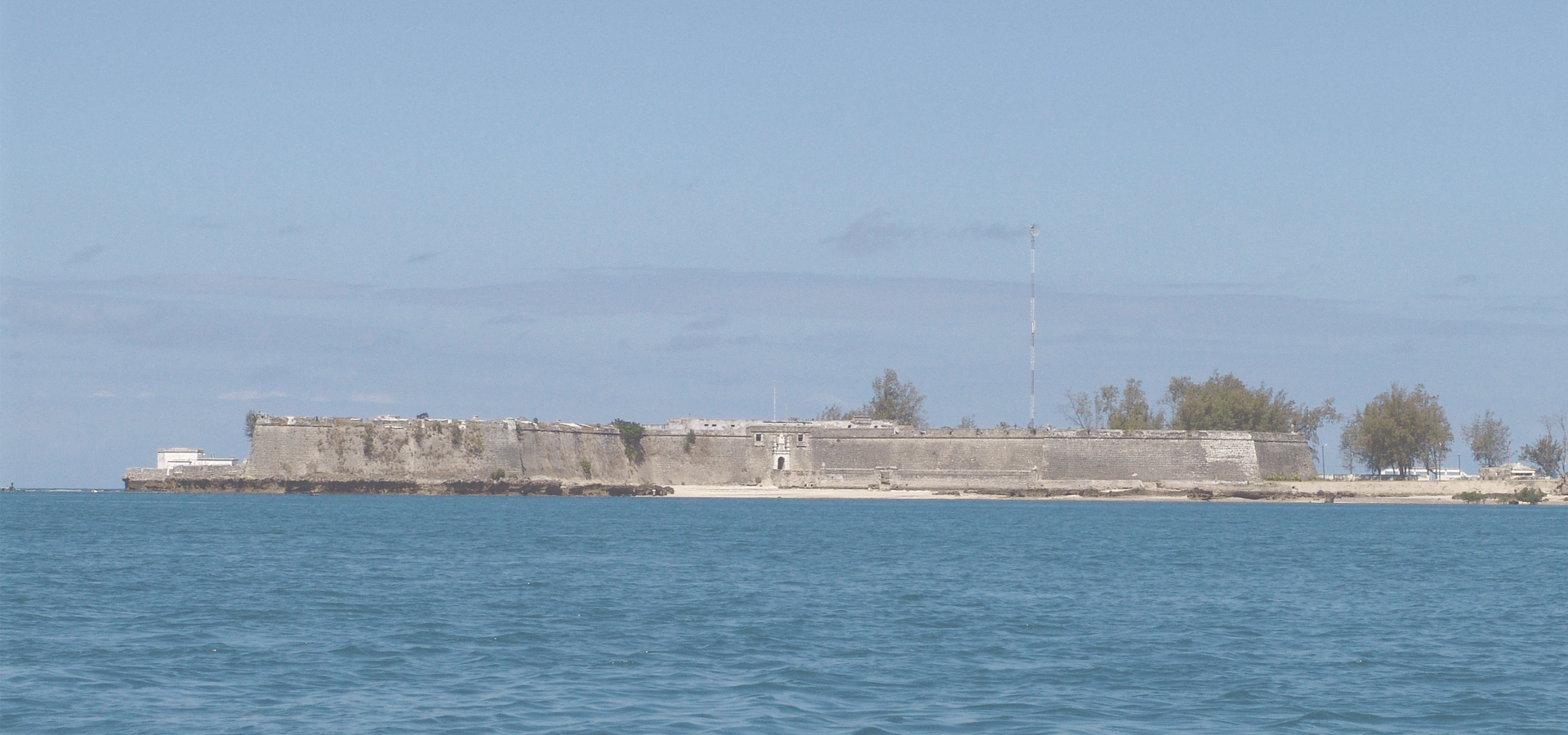Mozambique, Nampula Province
🇲🇿 The Island of Mozambique (Portuguese: Ilha de Moçambique) lies off northern Mozambique, between the Mozambique Channel and Mossuril Bay, and is part of Nampula Province. Prior to 1898, it was the capital of colonial Portuguese East Africa. With its rich history and sandy beaches, the Island of Mozambique is a UNESCO World Heritage site and one of Mozambique's fastest-growing tourist destinations. It is served by nearby Lumbo Airport on the Nampula mainland. The name of the country, Mozambique, is derived from the name of this island.
History Pottery found on Mozambique Island indicates that the town was founded no later than the fourteenth century. According to tradition, the original Swahili population came from Kilwa. The town's rulers had links with the rulers of both Angoche and Quelimane by the fifteenth century. In 1514, Duarte Barbosa noted that the town had a Muslim population and that they spoke the same Swahili dialect as Angoche.
The name of the island (Moçambique) is derived from Ali Musa Mbiki (Mussa Bin Bique), sultan of the island in the times of Vasco da Gama. This name was subsequently taken to the mainland country which is modern-day Mozambique, and the island was renamed Ilha de Moçambique (Island of Mozambique). The Portuguese established a port and naval base in 1507 and built the Chapel of Nossa Senhora de Baluarte in 1522, now considered the oldest European building in the Southern Hemisphere.
During the 16th century, the Fort São Sebastião was built, and the Portuguese settlement (now known as Stone Town) became the capital of Portuguese East Africa. The island also became an important missionary centre. It withstood Dutch attacks in 1607 and 1608 and remained a major post for the Portuguese on their trips to India. It saw the trading of slaves, spices, and gold.
Apart from the ancient fortifications, only half of the town is stone-built. The hospital, a majestic neo-classical building constructed in 1877 by the Portuguese, with a garden decorated with ponds and fountains, was repainted white after the Mozambican Civil War. For many years, it was the biggest hospital south of the Sahara.
With the opening of the Suez Canal, the island's fortunes waned. In 1898, the capital was moved to Lourenço Marques (now Maputo) on the mainland. By the middle of the 20th century, the new harbour of Nacala took most of the remaining business.
Attractions Other notable buildings on the island include the Palace and Chapel of São Paulo, built in 1640 as a Jesuit College and subsequently used as the Governor's Residence, now a museum; the Museum of Sacred Art, housed in the Church of the Misericórdia run by the House of Mercy, displaying an excellent Makonde crucifix; the Church of Santo António; the Church of the Misericórdia; and the Chapel of Nossa Senhora de Baluarte. The island, now entirely urbanised, is also home to several mosques and a Hindu temple. A 3 km bridge was erected in the 1960s to connect it to the mainland.
The island in itself is not very big, about 3 km long and between 200 and 500 metres wide. Most historical buildings are at the island's northern end. The majority of the residents live in reed houses in Makuti Town at the southern end of the island.
The island is also close to two tourist highlights: Chocas Mar, a long beach about 40 km north of Ilha de Moçambique across the Mossuril Bay and Cabaceiras.
Fort of São Sebastião The Fort of São Sebastião lies at the northern end of Stone Town on the Island of Mozambique. It is the oldest complete fort still standing in sub-Saharan Africa. Construction by the Portuguese began in 1558, and it took about fifty years to complete.
Immediately beyond the fort is the recently restored Chapel of Nossa Senhora de Baluarte, built in 1522, which is considered to be the oldest European building in the southern hemisphere. It is also one of the best examples of Manueline vaulted architecture in Mozambique.
3D Documentation In 2013, the Zamani Project documented Fort of São Sebastião with terrestrial 3D laser scanning. The non-profit research group from the University of Cape town (South Africa) specialises in 3D digital documentation of tangible cultural heritage. The data generated by the Zamani Project creates a permanent record that can be used for research, education, restoration, and conservation. A 3D model, panorama tour and plans of Fort Saint Anthony are available on www.zamaniproject.org.
Africa/Maputo/Nampula/Mozambique

Mozambique has a population of over 14,000 people. Mozambique also forms part of the wider Nampula Province which has a population of over 3,888,356 people. Mozambique is situated 50 km east of Monapo.
🇧🇷 Vitória da Conquista -14.865
🇧🇷 Tangará da Serra -14.621
Locations Near: Mozambique 40.7167,-15.0333
🇲🇿 Monapo 40.333,-14.905 d: 43.6
🇲🇿 Angoche 39.906,-16.228 d: 158.7
🇲🇿 Nampula City 39.264,-15.117 d: 156.2
🇲🇿 Pemba 40.487,-12.961 d: 231.8
🇲🇿 Mocuba 36.991,-16.84 d: 446.1
🇰🇲 Moroni 43.264,-11.674 d: 464.2
🇰🇲 Mutsamudu 44.383,-12.167 d: 508.5
🇲🇿 Quelimane 36.883,-17.867 d: 516.1
Antipodal to: Mozambique -139.283,15.033
🇺🇸 Hilo -155.089,19.725 d: 18259.6
🇺🇸 Maui -156.446,20.72 d: 18093.4
🇺🇸 Kahului -156.466,20.891 d: 18086
🇺🇸 Wailuku -156.505,20.894 d: 18082
🇺🇸 Maui County -156.617,20.868 d: 18071.7
🇺🇸 Honolulu -157.85,21.3 d: 17935.4
🇺🇸 Pearl City -157.969,21.394 d: 17920.6
🇺🇸 Līhuʻe -159.35,21.967 d: 17765.7